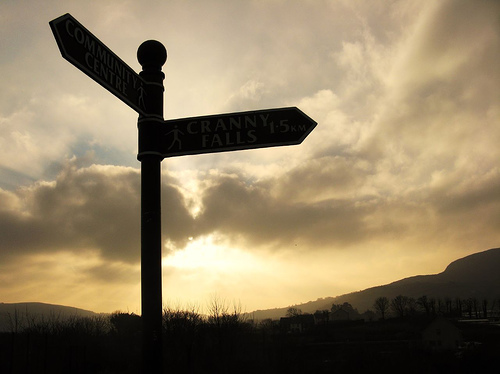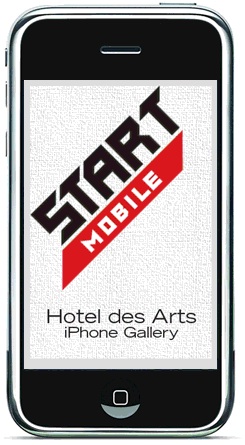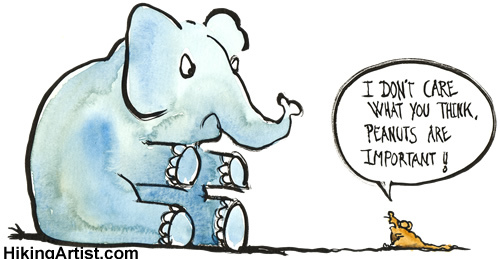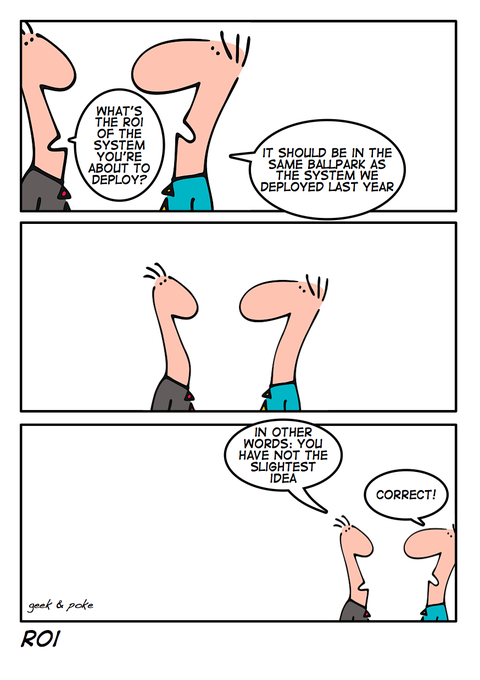With social media have come social media experts--usually self-taught, who have learned what works because they have done it themselves. As more organizations turn to these explorers to lead the way, it seems natural that the pathfinders would begin to document what they have learned to enable information dispersal.
Rebecca Coleman, a successful theater publicist in Canada, has released a social media instructional that she conceived for "artists or arts organizations that see the value in participating in social media, but are unsure about how to begin." "Getting Started with Social Networking for Artists and Arts Organizations: A Guide to Creating a Marketing Plan Using Social Media," is one part marketing basics, one part "what's what" encyclopedia of the tools available, with a dash of strategizing tools in a "get you thinking" worksheet series. Turning a self-described "hobby" of theater promotion into a full-time job led to Coleman's slow "foray into Social media. I think that’s the way to go. I started by joining Facebook, then about a year later I started blogging as a guest on someone else’s blog. After nearly a year of that, I started my own blog, and began Twittering. I took all of that experience and put it into my book. It’s like a shortcut. " Her e-book, which she is marketing almost exclusively online, is a great tool for beginners. For those who find the prospect of figuring social media out daunting (let's face it, many of us have spent a good bit of time in conferences, webinars, reading blogs and just getting hands-on experience in order to get comfortable with navigating the social media waters, and it can be exhausting), this e-book does a great job of putting it all in one place. Coleman obviously writes from experience, focusing on what she thinks is important based on her own adventures. But, for those of us who don't consider ourselves novices, it is more likely to be a reference than something providing new insights and information.
The strengths of Coleman's book are her meticulous detail (though this may also be overwhelming to a social media novice) and her integration of true marketing components. She reviews fundamentals of marketing and explains how Web 2.0 can enhance the marketing experience. Her own experience, moving into social media after already having a strong and successful offline presence, may not reflect that of her readers, who may be struggling arts organizations hoping that by integrating social media into their marketing plans they will turn their frustrations around. I think that this is where the marketing emphasis may assist companies that might otherwise spin their wheels into the ground.
"(Social media) requires time to create and maintain, which can be a huge challenge for many underfunded, understaffed arts organizations. But this is where having a plan can really help." This belief manifests as the most interactive, arts-geared component in the guide: a series of worksheets at the end of the e-book that take the reader and prospective social media user through a process of reflection and planning.
Coleman is passionate about what she has created, and though the arts are her forte, this guide is certainly one that would be useful for non-artistic small and financially-strapped businesses. I couldn't resist picking Coleman's brain to see what she felt successful use of social media is, at the end of the day. Her guide is a great start, but what would she consider being the best result?
Coleman: For me, successful social media is: engaging your audience or potential audience, one-to-one being able to solve problems for your audience/potential audience creating an online community that is supportive and passionate about the same things you are and, yes, selling tickets! For example, if you are having a slow night, reservations are low, send out a Tweet or a message to your Facebook fan group saying that the first 20 people that show up at the door and say a secret password get in for half-price. Sure, you’re selling tickets at a discount, but at least you are getting people in through the door. And word of mouth is always your best form of marketing!
By having it in electronic form, she ensures that any updates can be made to keep the guide current and relevant for its readers. But because she is marketing it almost exclusively online, she must rely on a lot of real-world word-of-mouth to get the truly "untechnological" to take note. Because Coleman is the first to admit that real-world relationships and online relationships reflect and enhance one another, I suspect that people who find her e-book online will have heard about it from her obviously supportive offline network.
A final thought from Coleman: I think a lot of people find it very challenging to make the shift from the old ways to new media. I often see people trying to graft old media ideas onto new media. You can’t just send a press release to a blogger. I mean, you can, but the press release will carry a lot more weight if the blogger knows that you have been reading their blog, and are familiar with them. Social media is about personal relationships. In the past, I think we maybe have hidden a bit behind “the business model.” . . .Our audiences want to see the face behind the company. That’s what’s interesting and compelling—the people who are pouring their passion into these art projects. In my experience, passion is attractive, and will get people in through the door.









 For many arts organizations out there right now, this is how we seem to be calculating the ROI for Social Networking and Media. Everyone seems to be groping in the dark to boil down a simple monetary answer to this question of, "What is *your organization here*'s return on investing in Social Media?"
For many arts organizations out there right now, this is how we seem to be calculating the ROI for Social Networking and Media. Everyone seems to be groping in the dark to boil down a simple monetary answer to this question of, "What is *your organization here*'s return on investing in Social Media?"
